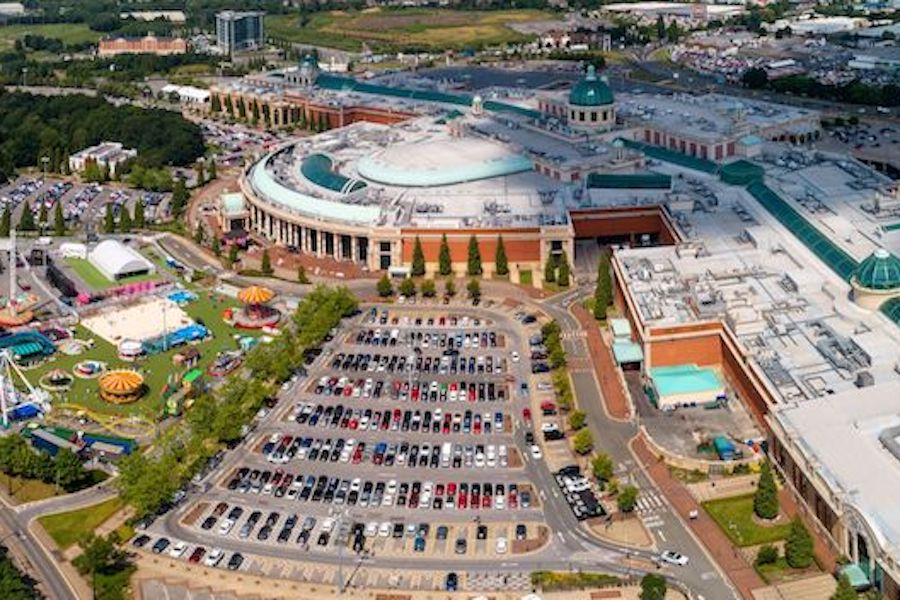Planning approved for new affordable housing development in Ancoats
- Written by I Love MCR
- Last updated 2 years ago
- City of Manchester, Civic, Property & Planning
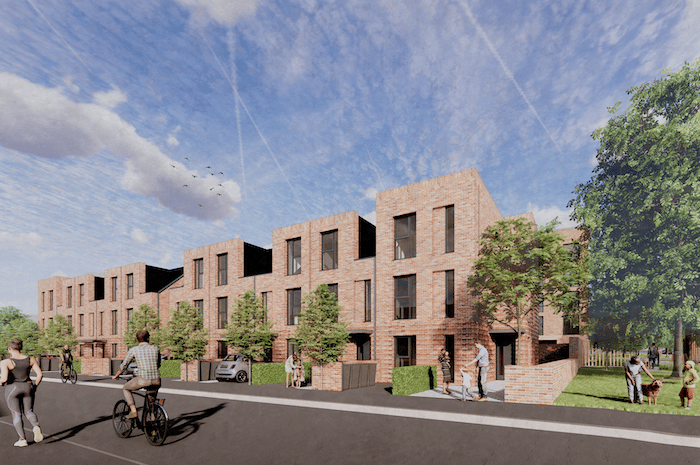
Manchester’s planning committee has approved an application for 128 new homes in Ancoats – the first development by the Council’s This City housing company to be given the green light.
The development will include 118 apartments across two buildings (a mix of 27 one-bed and 91 two-bed homes), alongside 10 townhouses (eight three-bed and two four-bed homes).
30% of the homes will be made available at the Manchester Living Rent, which is capped at the Government’s Local Housing Allowance rate and therefore affordable to residents on housing benefit – increasing the number of homes available to people on lower incomes in the city centre. The remainder of the homes will be available at market rent.
The development brings back into use a brownfield site bound by Rodney Street, Jersey Street, Wadeford Close and Butler Street on the border of Ancoats and Miles Platting. The highly sustainable location, close to the city centre, enables residents to walk, cycle and use public transport to access local services and employment.
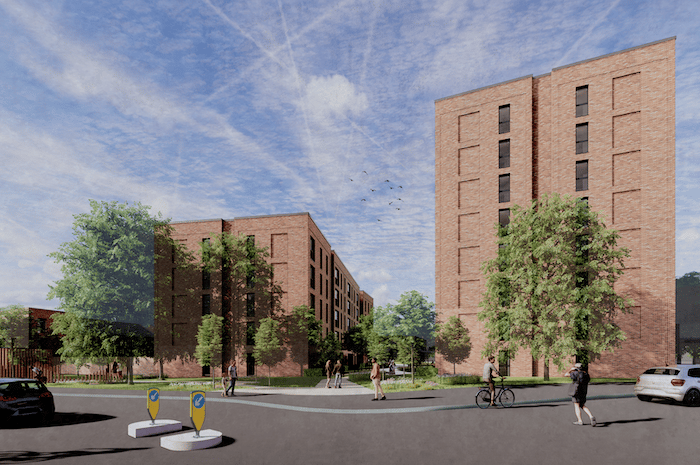
Cllr Gavin White, Manchester City Council’s executive member for housing and development, said: “Rodney Street is a landmark as the first development to be approved by planning for our This City housing company. But it’s also the beginning of the next phase of the Ancoats regeneration story, bringing a brownfield site back into use while delivering much-needed new housing in our city centre.
“Crucially many of these homes will be capped at the Manchester Living Rent, which means they will be affordable to residents on housing benefit and thereby increasing the number of homes available to families on lower incomes.
“This development will also be complemented by the wider investment in the public realm that will celebrate Ancoats Green as the heart of the neighbourhood helping to deliver a highly sustainable and low carbon community.”
The townhouses will each include a parking space with electric vehicle charging points, and private gardens to the rear. Seven disabled parking spaces will also be provided on-site and each will have an electric vehicle charging point.
The development will include 47 car parking spaces in total, including 30 parking spaces at the nearby Ancoats Mobility Hub, as well as space for bicycle parking. The Mobility Hub is a new concept that centralises car parking for new development in the area, reducing the need for onsite car parking and limiting car traffic in the wider neighbourhood.
A greening scheme and a significant number of new trees will be planted as part of the place-making public realm works, which will complement a wider public realm strategy that looks to make Ancoats a low-carbon, sustainable neighbourhood with a focus on active travel, walking and cycling routes.
£32m has been approved to invest in the wider public realm, which will make Ancoats Green (adjacent to the Rodney Street development) the green heart of this community.
This investment will also see investment in the public realm and green spaces in the wider Ancoats neighbourhood, as well as the construction of the Mobility Hub. 1,500 homes are expected to be delivered in this area in the coming years as the final phase of the regeneration of Ancoats.
The Rodney Street development site represents a £30m investment by This City that will create 548 construction jobs over a 24-month build period.
Cllr Bev Craig, Leader of the Manchester City Council, said: “It’s great to see the first This City site out of the blocks and delivering the homes that we know Manchester people need.
“Our intention is to scale up development to at least 500 homes per year and at least 20 percent of these will be made available at the Manchester Living Rent – delivering high quality, affordable housing for families on lower incomes.
“This is a really exciting time for Ancoats and the beginning of the completion of a regeneration journey spanning two decades.”
This City is a new development company owned wholly by the City Council. The ambition is to scale up housing development to at least 500 properties each year using Council-owned land to direct build the homes that Manchester people need. At least 20 percent of these homes will be made available at the Manchester Living Rent.
The company will build a mix of affordable tenures and market rent properties with the latter subsidising the cost of the Manchester Living Rent Homes.
- This article was last updated 2 years ago.
- It was first published on 1 September 2022 and is subject to be updated from time to time. Please refresh or return to see the latest version.
Did we miss something? Let us know: [email protected]
Want to be the first to receive all the latest news stories, what’s on and events from the heart of Manchester? Sign up here.
Manchester is a successful city, but many people suffer. I Love Manchester helps raise awareness and funds to help improve the lives and prospects of people across Greater Manchester – and we can’t do it without your help. So please support us with what you can so we can continue to spread the love. Thank you in advance!
Got a story worth sharing?
What’s the story? We are all ears when it comes to positive news and inspiring stories. You can send story ideas to [email protected]
An email you’ll love. Subscribe to our newsletter to get the latest news stories delivered direct to your inbox.

The pioneering doctors who changed science forever and inspired the new Netflix series Joy
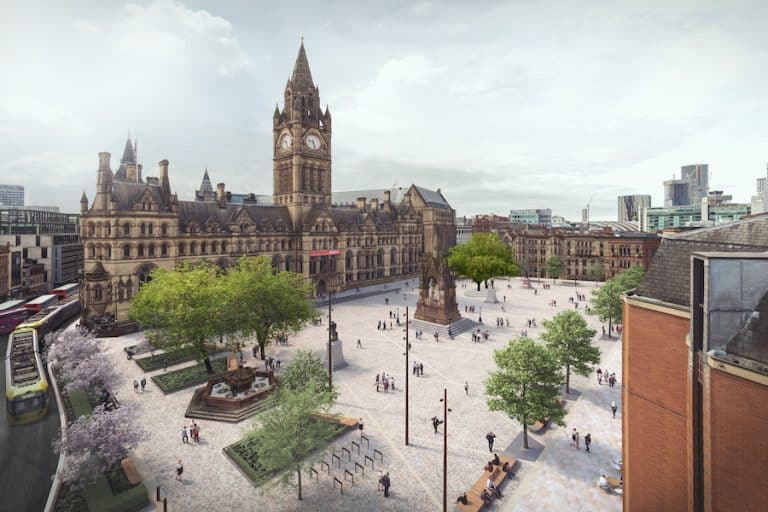
Green, grand and gorgeous – a deep dive into the redevelopment of Albert Square

English National Opera finds a new home in Manchester making opera accessible to all

“Great food at excellent value” An authentic taste of Naples arrives in Ancoats
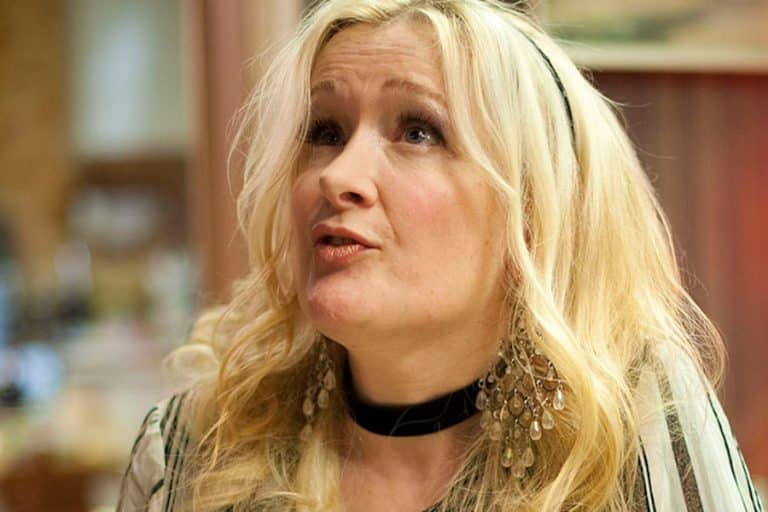
Comedian spearheads campaign for a statue of beloved comic Caroline Aherne













